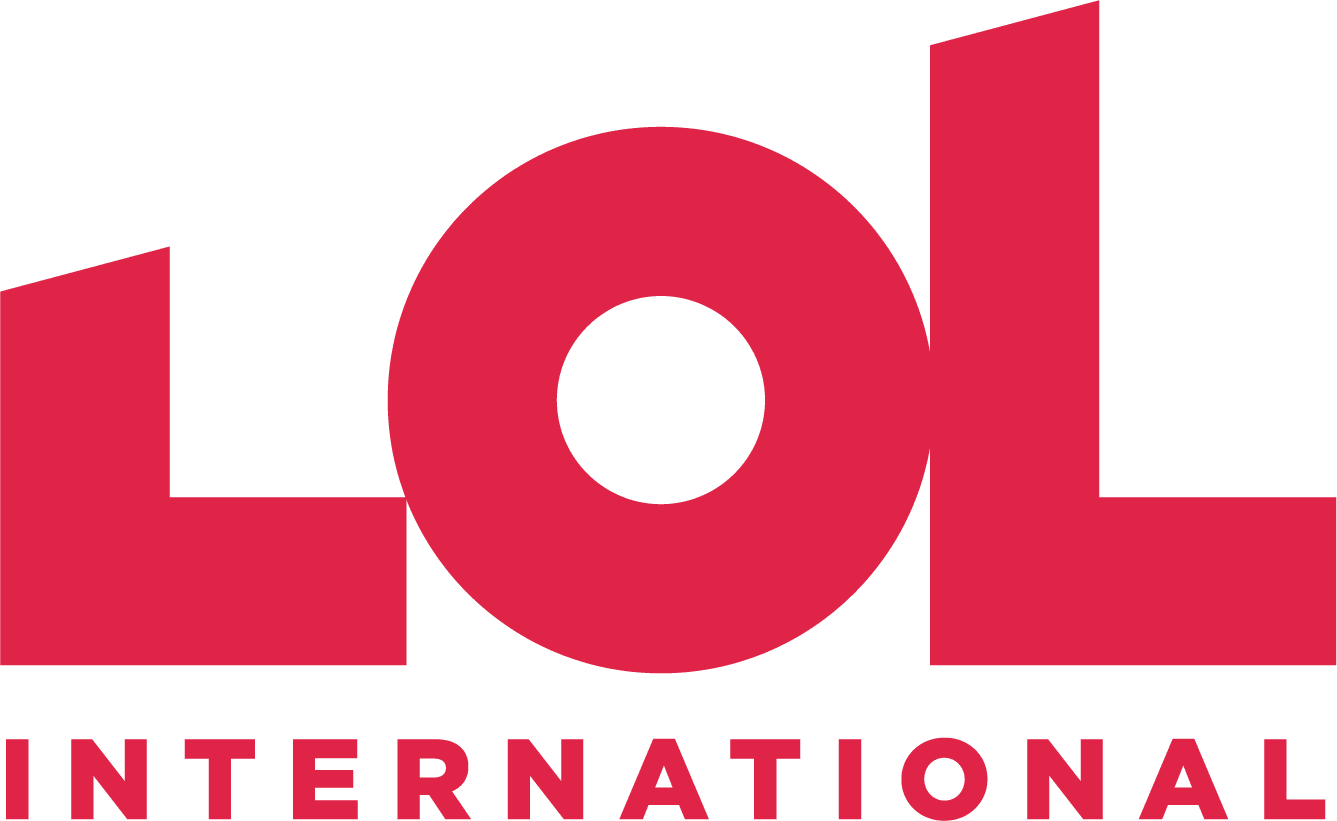Key Takeaways
- Understanding Sponsorship Ethics: Exploring the ethical considerations in balancing brand goals with artistic integrity in sponsorship deals.
- Maintaining Artistic Integrity: Strategies for artists to preserve their creative vision while engaging with sponsors.
- Brand Goals Alignment: How brands can align their marketing objectives with the artistic content they sponsor without compromising the artist’s independence.
- Mutual Respect and Transparency: The importance of transparent communication and mutual respect in sponsorship agreements to foster a relationship beneficial to both parties.
Introduction
In the landscape of arts and ethics of sponsorship, a crucial conversation persists. It’s all about maintaining a balance between meeting brand goals and respecting artistic integrity. This balance is not just a matter of contractual obligation. It is an ethical guideline that can significantly influence public perception and the authenticity of the artistic work. Understanding this dynamic is essential for both artists and brands to forge partnerships. Partnerships that respect and enhance each other’s values and visions.
What Are the Ethical Concerns in Art Sponsorships?
Ethical concerns in art sponsorships primarily revolve around the potential for artistic content to be unduly influenced or dictated by commercial interests. When brands enter into sponsorships, they often do so with specific marketing goals in mind. These goals being brand visibility, audience engagement, or direct promotion of their products or services. The risk is that these goals can conflict with the artist’s creative process or the message they wish to convey, leading to artistic compromises that can detract from the authenticity and integrity of the artwork.
How Can Artists Maintain Their Integrity?
Artists face the challenge of integrating sponsorships into their work without compromising their vision. One effective approach is setting clear boundaries from the outset of any sponsorship agreement. Artists should define what aspects of their work are non-negotiable and communicate these boundaries to potential sponsors. Moreover, choosing to partner with brands that share similar values or have a history of respecting artistic vision can lead to more harmonious collaborations. The integrity of the artistic work is not just preserved but championed.
When Do Brand Goals Overstep?
Brand goals overstep when they start dictating the direction or content of an artist’s work beyond what was agreed upon. Or when they demand changes that misalign with the artist’s values or public image. This overreach can dilute the artist’s message and can even harm the reputation of both the artist and the sponsor. Especially, if perceived as inauthentic or manipulative by the public. Therefore, brands must view sponsorships not merely as advertising opportunities but as partnerships that respect the creative freedom of the artist.
Why Is Transparency Key?
Transparency in sponsorship deals fosters trust and credibility, both between the artist and the brand and with their respective audiences. Transparent discussions and agreements about what the sponsorship will entail, what each party expects from the other, and how conflicts will be resolved can prevent misunderstandings and unethical compromises. It ensures that both parties are held accountable and that the artistic work remains genuine and effective in reaching its audience.
Conclusion
The ethics of sponsorship in art require a delicate balance, careful negotiation, and an unyielding respect for artistic integrity. Both artists and brands have roles to play in ensuring that this balance is achieved, fostering relationships that benefit both parties ethically and commercially.
For artists exploring potential sponsorships, take the time to vet your sponsors thoroughly and ensure alignment in vision and values. For brands looking to sponsor artists, approach these partnerships with a mindset of support rather than control, fostering an environment where artistic integrity thrives alongside your brand objectives. Together, let’s champion a world where art remains a powerful, authentic, and uncompromised form of expression.
Have you experienced the benefits of a brand ambassadorship program? Share your stories in the comments below. You can also check out LOL International for more content. Let’s discuss the transformative power of brand ambassadors in marketing.

